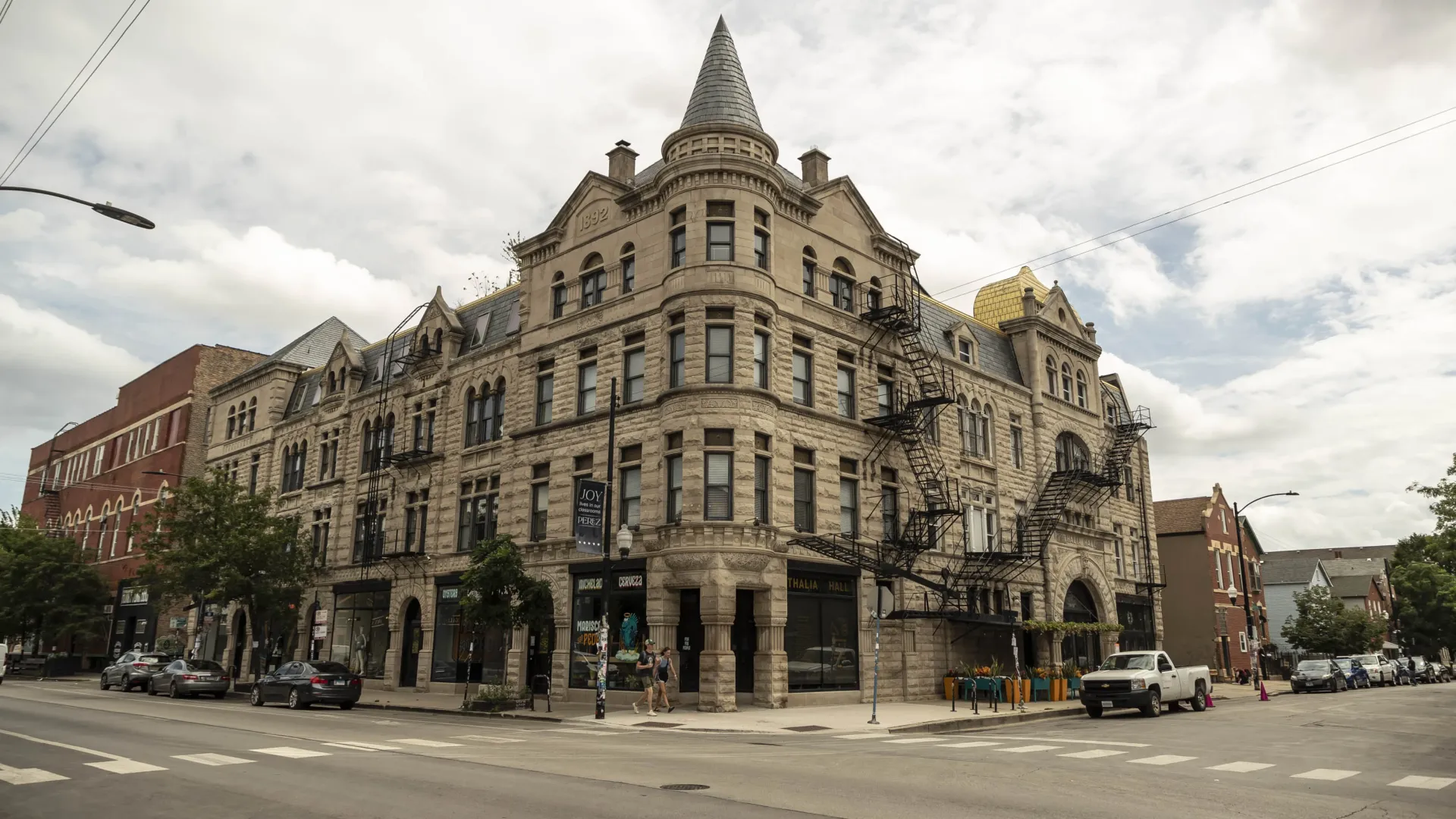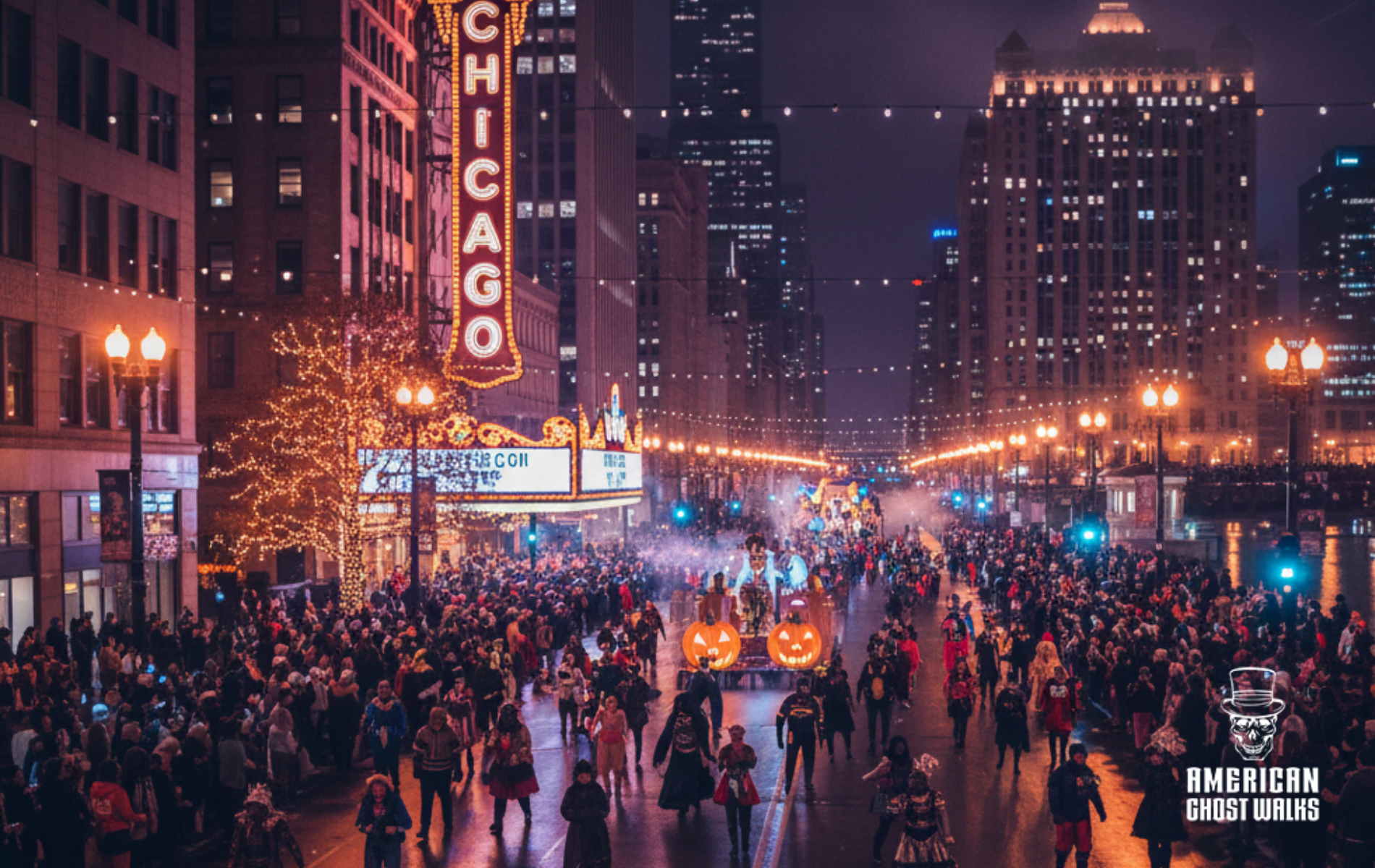The Sinking of the Lady Elgin: Milwaukee and Chicago’s Most Haunted Shipwreck
On September 8, 1860, the luxury steamship Lady Elgin sank in the dark waters of Lake Michigan, becoming one of the deadliest maritime disasters in American history. More than 300 lives were lost, and the tragedy devastated communities in Milwaukee and Chicago. Today, the ghost stories connected to the Lady Elgin still echo across the North Shore beaches and cemeteries of Illinois, as well as in Milwaukee, where the passengers began their fateful journey. For those who love haunted history, the story of the Lady Elgin is one of the most chilling on the Great Lakes.
A Floating Palace of the Great Lakes
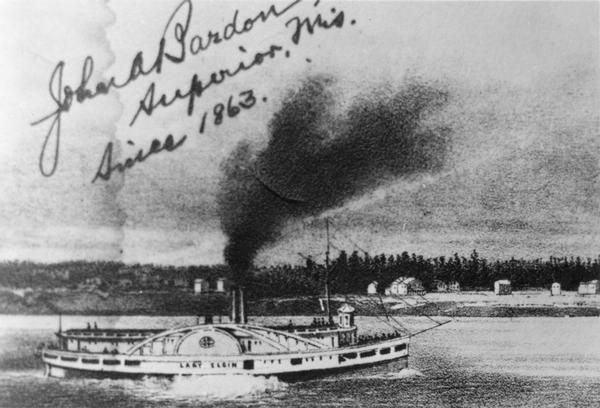
The Lady Elgin was launched in 1851 in Buffalo, New York. At nearly 300 feet long, with side wheels and graceful lines, she was considered one of the most beautiful steamers on the Great Lakes. The ship was known for its elegant woodwork, spacious cabins, and ability to carry hundreds of passengers in style.
She quickly became a familiar sight between Chicago and Milwaukee, ferrying not only wealthy travelers but also immigrants, politicians, and social groups. In the 1850s and early 1860s, the ship became a symbol of progress and modernity. Boarding the Lady Elgin meant comfort, safety, and the thrill of fast travel across the lake.
But her final voyage would end in horror.
A Political Voyage Turns to Tragedy
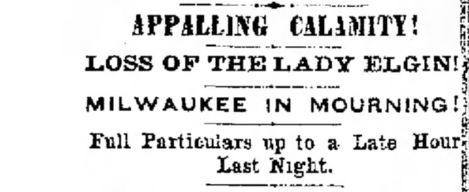
On September 7, 1860, the Lady Elgin departed Milwaukee with nearly 400 passengers on board. Most of them were Irish immigrants and members of Milwaukee’s Irish Union Guard. They were traveling to Chicago to attend a political rally in support of Senator Stephen Douglas, who was running for president against Abraham Lincoln. For many, it was a festive journey filled with music, conversation, and anticipation.
In the early hours of September 8, the weather turned violent. Just after midnight, the lumber schooner Augusta of Oswego crashed into the Lady Elgin. The schooner, made of sturdy wood and carrying a heavy cargo, survived the collision. The Lady Elgin was not so fortunate. The impact tore open her side, and within 30 minutes, the once-proud vessel broke apart and sank into the stormy waters of Lake Michigan.
Chaos On The Lake
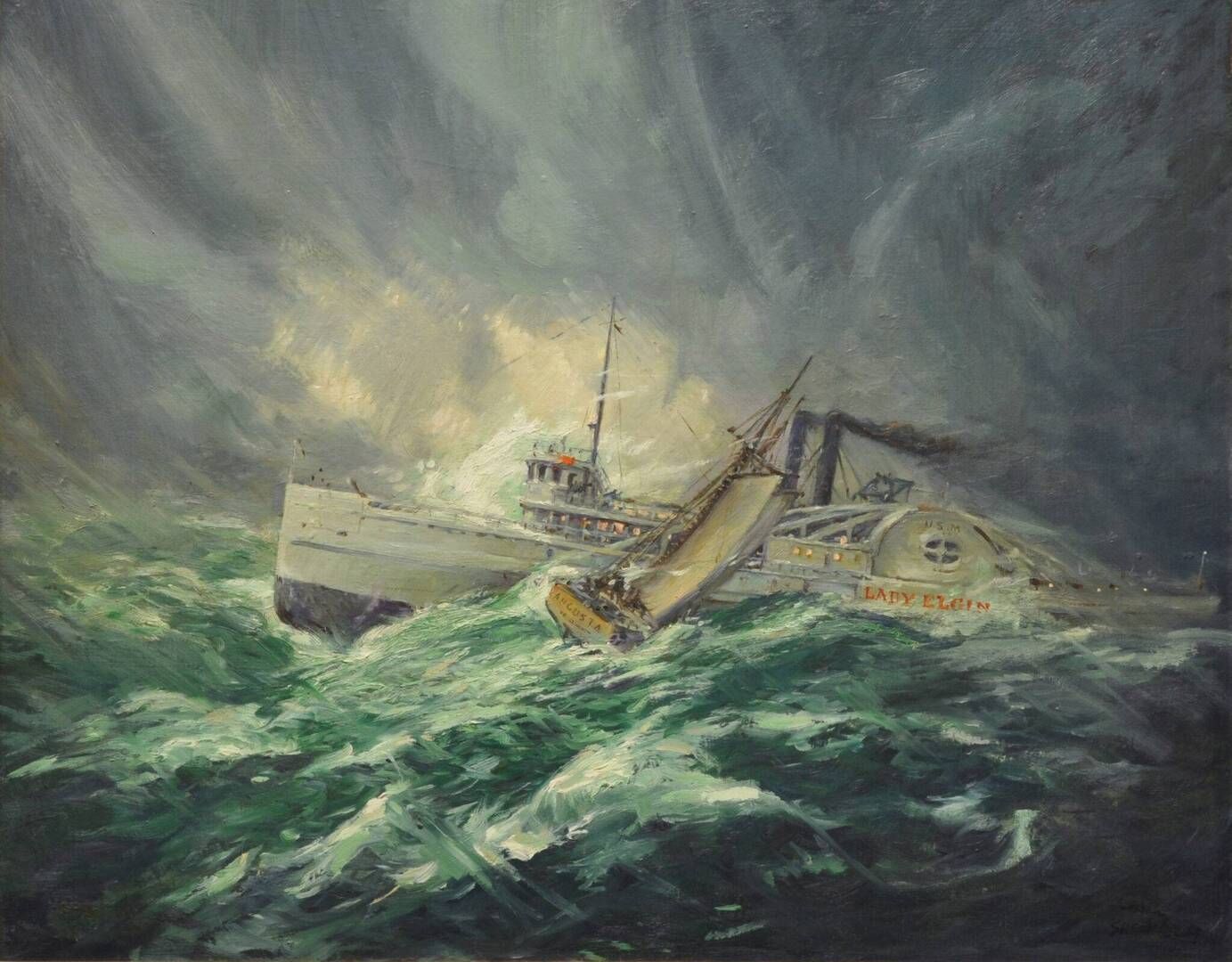
Passengers awoke in panic as water rushed into the ship. Some clung to floating debris, doors, and sections of the upper deck. Others were pulled under almost immediately. The waves were relentless, and the storm showed no mercy.
Of the nearly 400 people aboard, more than 300 died. Only about 100 survivors made it to shore. The disaster was so severe that bodies washed ashore for days, sometimes even weeks afterward. Residents of Evanston, Winnetka, and Highland Park along Illinois’s North Shore witnessed grim scenes of drowned passengers washing up on their beaches.
The loss was particularly devastating for Milwaukee’s Irish community. Entire families were torn apart, and the city’s working-class neighborhoods mourned for years.
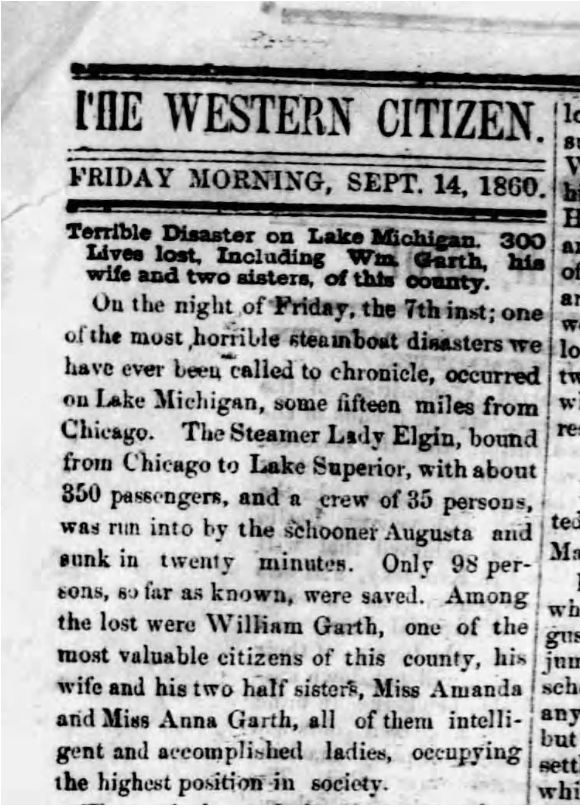
The Aftermath and the Haunting Legacy
The wreck of the Lady Elgin left a lasting mark on both Milwaukee and Chicago. It became a rallying cry for better safety standards on passenger ships. It also inspired the creation of lifesaving stations along Lake Michigan, including the famous student-run lifesaving station at Northwestern University in Evanston.
But beyond the historical impact, the Lady Elgin also left behind a trail of ghost stories. With so many lives lost in such a violent way, it is no surprise that tales of hauntings quickly spread.
Hauntings Along Lake Michigan

Evanston and Winnetka Beaches
Many who walk the beaches near Evanston and Winnetka report eerie sounds at night. Phantom splashes, distant cries for help, and the sensation of being watched are common claims. Some say they have seen ghostly figures in period clothing struggling in the surf before vanishing into the waves. On stormy nights, the atmosphere is especially heavy, and locals whisper that the victims of the Lady Elgin are still trying to reach shore.
Rosehill Cemetery in Chicago
Many of the victims were buried at Rosehill Cemetery, one of Chicago’s largest and most historic burial grounds. A memorial to the Lady Elgin stands there today. Visitors often describe feeling sudden chills near the marker. Others have reported hearing muffled sobs or the rustling of skirts behind them, only to find no one there. Rosehill has long been considered one of Chicago’s most haunted cemeteries, and the Lady Elgin tragedy is one reason why.
The Forgotten Burial Ground at Highwood
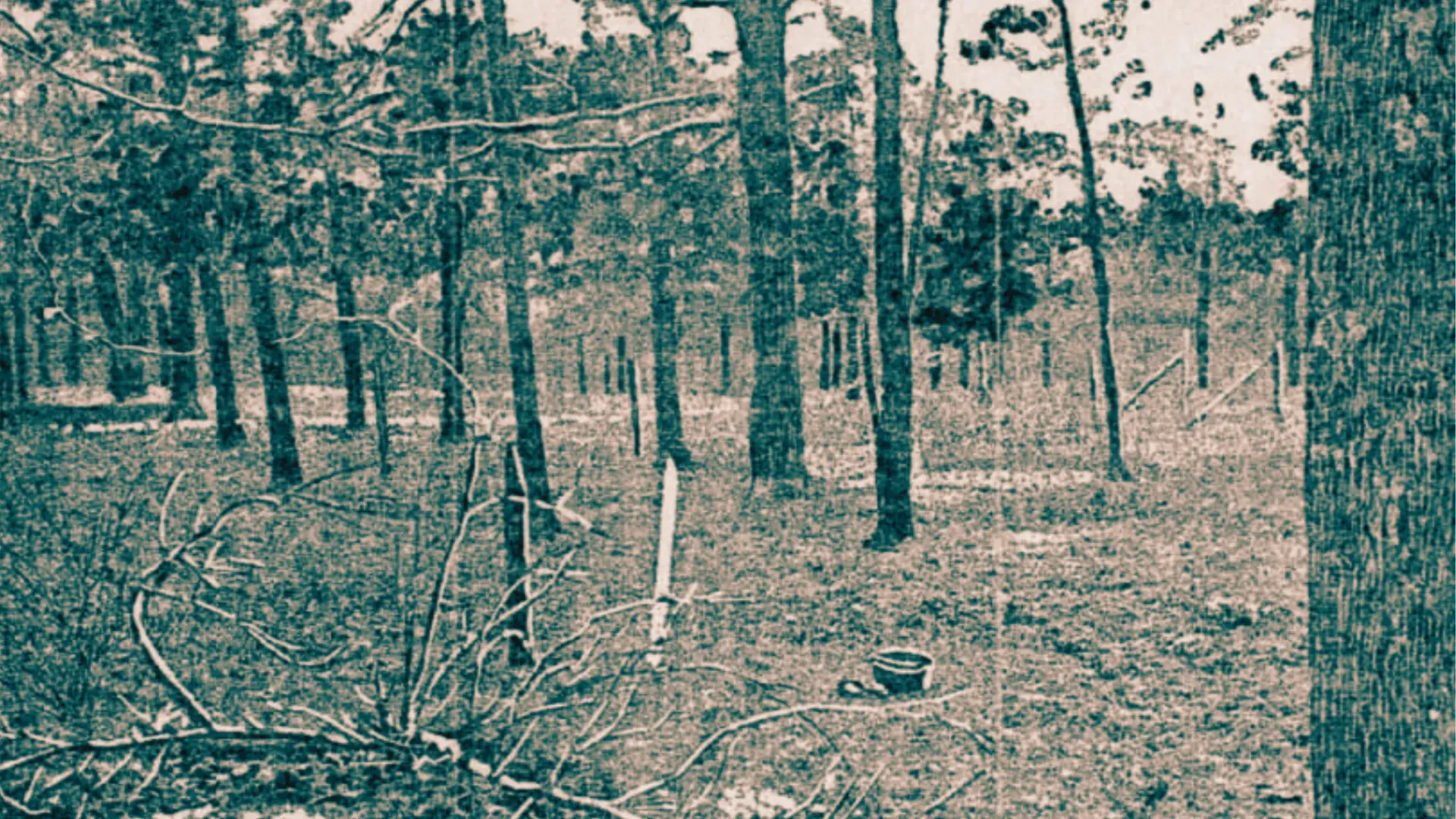
Not all of the victims were buried in Chicago. A number of bodies were interred in a cemetery near Highwood, Illinois. By the late 19th century, the site was neglected and overgrown, but locals told stories of a woman in a black silk dress who haunted the grounds. She was said to appear near the graves and vanish when approached. Train passengers riding past the cemetery sometimes claimed to see her standing among the stones.
Whihala Beach in Indiana
Wreckage from the Lady Elgin washed as far south as Indiana. Some modern visitors to Whihala Beach in Whiting have described strange experiences, including shadowy figures near the waterline and the sound of voices carried on the wind. Whether these are echoes of the wreck or simply the power of suggestion, they add to the mystery of the disaster.
Discovery of the Wreck
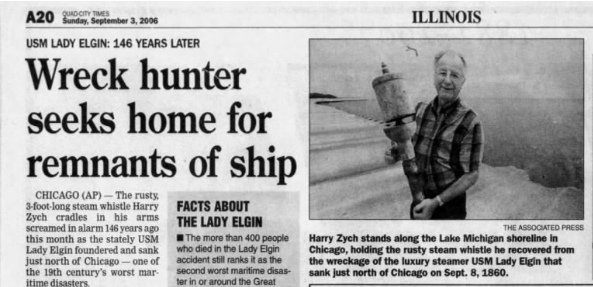
For decades, the final resting place of the Lady Elgin remained uncertain. In 1989, divers discovered the wreck site in 60 feet of water off Highland Park, Illinois. The wreckage was later added to the National Register of Historic Places in 1999. Today, it is considered one of the most significant shipwrecks in Great Lakes history. While the site is protected and not open to casual diving, its discovery reignited interest in the tragedy and its ghostly legends.
Why the Lady Elgin Still Matters
For Milwaukee and Chicago, the Lady Elgin is more than just a shipwreck. It is a story of loss, survival, and memory. It is also a reminder of the dangers of Lake Michigan, a body of water that has claimed thousands of lives.
For those interested in haunted history, the Lady Elgin provides a chilling connection between past and present. Standing on the beaches of Evanston or walking through Rosehill Cemetery, it is easy to feel the weight of what happened in 1860. The combination of historical fact and paranormal folklore makes this story one of the most compelling in the Midwest.
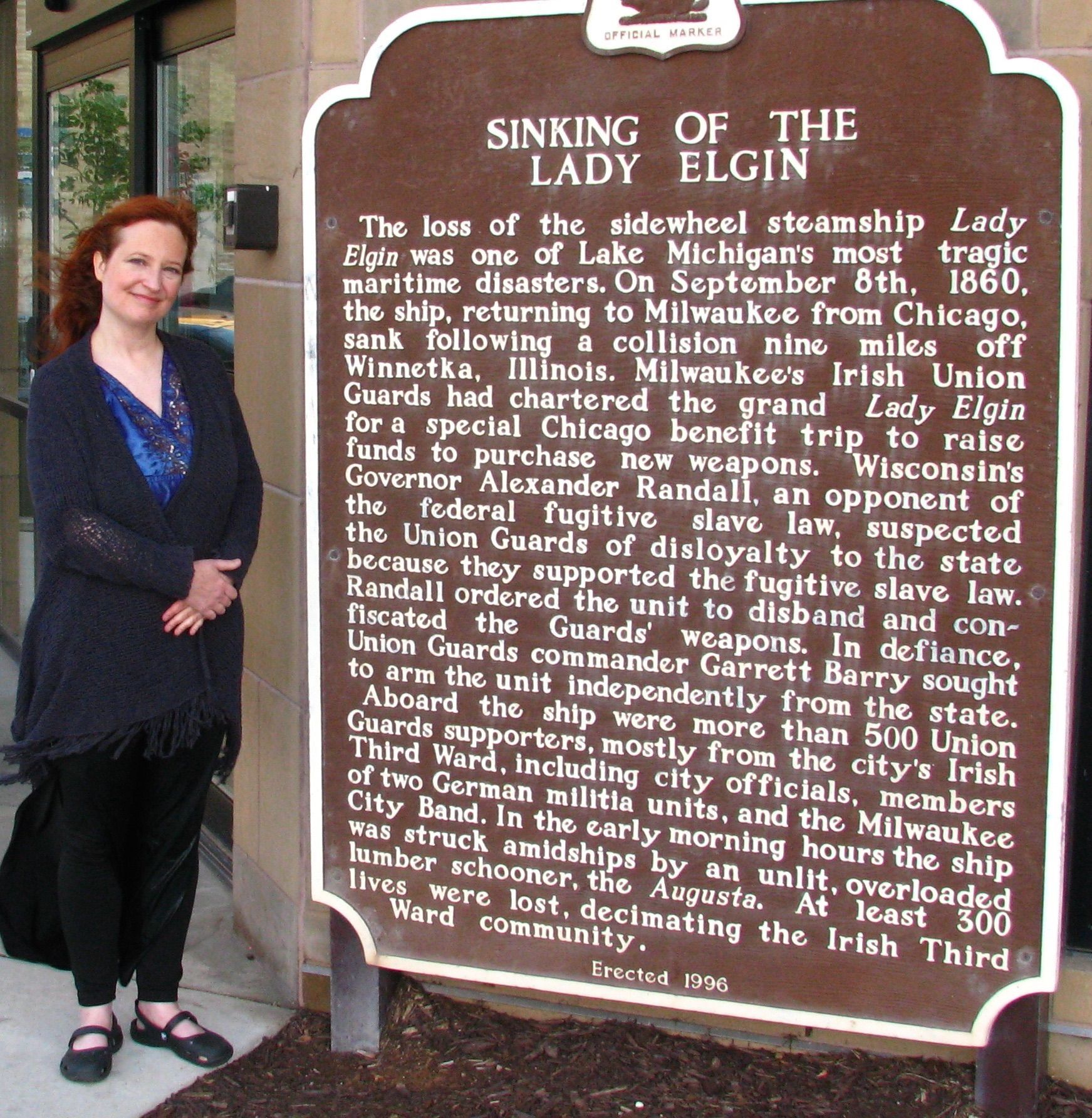
Experience the Haunted History for Yourself
Visit the Lady Elgin Memorial Marker on our Third Ward Milwaukee Ghost Walk and see in person where the doomed ship launched its cursed last voyage before sinking. We visit every Friday and Saturday night at 7:30pm May through Halloween.
Key Dates in the Lady Elgin Tragedy
1851 – Lady Elgin launched in Buffalo, New York. Nearly 300 feet long, she quickly became one of the most luxurious steamships on the Great Lakes.
September 7, 1860 – The steamer departs Milwaukee with nearly 400 passengers, mostly members of Wisconsin’s Irish Union Guard, heading to a Stephen Douglas rally in Chicago.
Early hours of September 8, 1860 – In a violent storm, the schooner Augusta of Oswego collides with the Lady Elgin off the Illinois shore near Evanston. The steamer sinks within 30 minutes.
September 8–12, 1860 – Bodies wash ashore across Evanston, Winnetka, Highland Park, and even as far as Whiting, Indiana. Local homes, train depots, and churches are converted into makeshift hospitals and morgues.
1876 – Northwestern University students, inspired by rescues during the Lady Elgin disaster, establish the first student-run U.S. Life-Saving Station on the Great Lakes.
1999 – The wreck site of the Lady Elgin, located in 60 feet of water off Highland Park, Illinois, is placed on the National Register of Historic Places.
Today – Divers, historians, and paranormal investigators continue to explore the story of the Lady Elgin. Reports of hauntings along the North Shore, Rosehill Cemetery, and Indiana’s Whihala Beach keep her legend alive.







